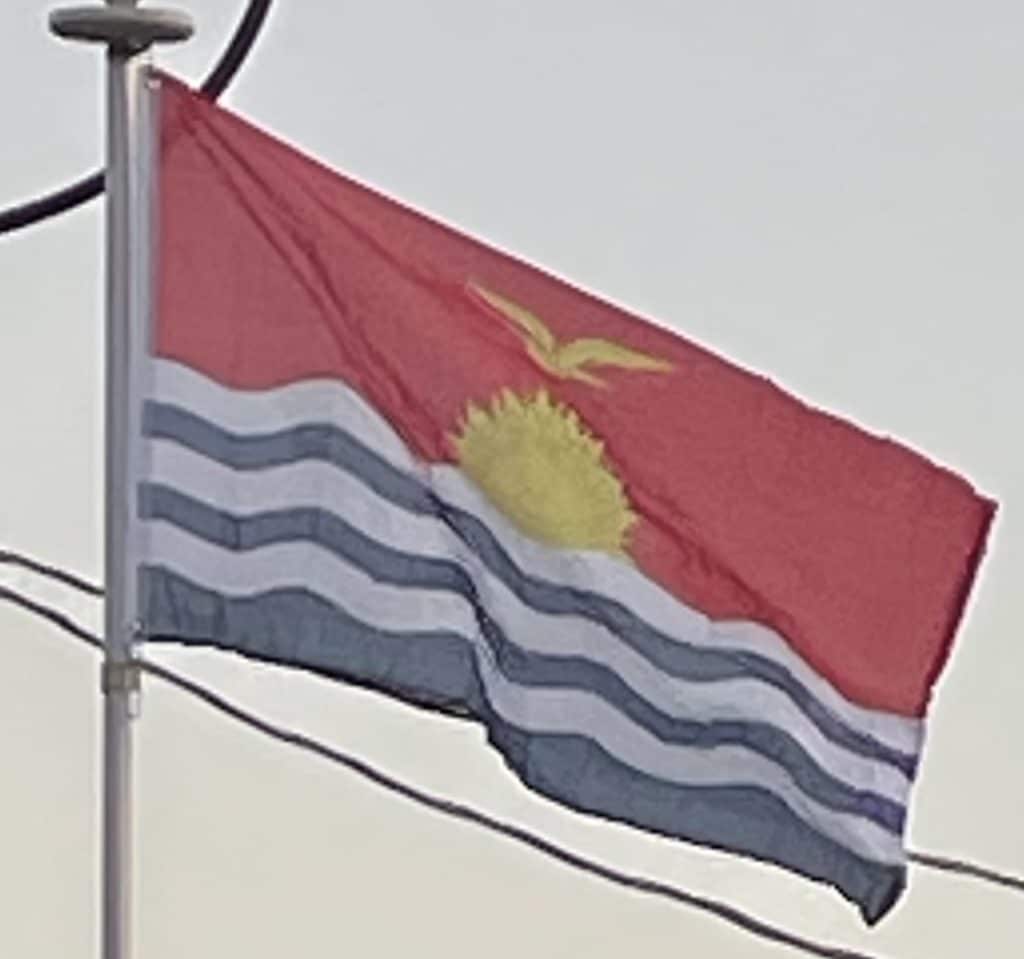Then, in September, the United States relinquished all claims to the sparsely inhabited Phoenix and Line Islands, in a 1979 treaty of friendship with Kiribati (ratified in 1983).
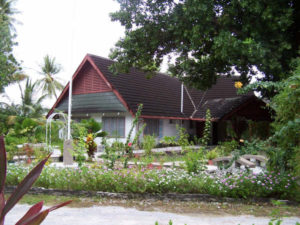
Although the indigenous Gilbertese name for the Gilbert Islands proper is “Tungaru”, the new state chose the name “Kiribati”, the Gilbertese spelling of “Gilberts”, because it was more modern and as an equivalent of the former colony to acknowledge the inclusion of Banaba, the Line Islands, and the Phoenix Islands. The last two archipelagoes were never initially occupied by Gilbertese until the British authorities, and later the Republic Government, resettled Gilbertese there under resettlement schemes.
In the post-independence era, overcrowding has been an issue, at least in British and aid organisations’ eyes. In 1988, an announcement was made that 4,700 residents of the main island group would be resettled onto less-populated islands.
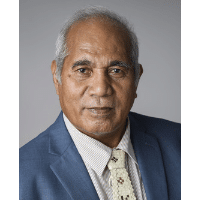
On September 1994, Teburoro Tito from the opposition is elected president.
In 1995, Kiribati unilaterally moved the international date line far to the east to encompass the Line Islands group, so that the nation would no longer be divided by the date line. The move, which fulfilled one of President Tito’s campaign promises, was intended to allow businesses across the expansive nation to keep the same business week. This also enabled Kiribati to become the first country to see the dawn of the third millennium, an event of significance for tourism. Tito was re-elected in 1998.
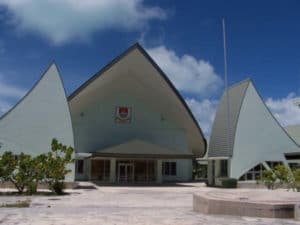
In 1999, Kiribati becomes a full member of the United Nations, 20 years after independence.
In 2002, Kiribati passed a controversial law that enabled the government to shut down newspaper publishers. The legislation followed the launching of Kiribati’s first successful non-government-run newspaper. President Tito was re-elected in 2003 but was removed from office in March 2003 by a no-confidence vote and replaced by a Council of State. Anote Tong of the opposition party Boutokaan Te Koaua was elected to succeed Tito in July 2003. He was re-elected in 2007 and in 2011.
In June 2008, Kiribati officials asked Australia and New Zealand to accept Kiribati citizens as permanent refugees. Kiribati is expected to be the first country to lose all its land territory to global warming. In June 2008, the Kiribati President Anote Tong said that the country has reached “the point of no return.” He added, “To plan for the day when you no longer have a country is indeed painful but I think we have to do that.”
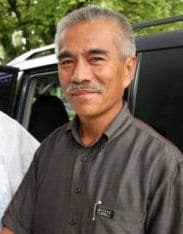
In early 2012, the government of Kiribati purchased the 2,200-hectare Natoavatu Estate on the second largest island of Fiji, Vanua Levu. At the time it was widely reported that the government planned to evacuate the entire population of Kiribati to Fiji. In April 2013, President Tong began urging citizens to evacuate the islands and migrate elsewhere. In May 2014, the Office of the President confirmed the purchase of some 5,460 acres of land on Vanua Levu at a cost of 9.3 million Australian dollars.
Geography:
Kiribati consists of 32 atolls and one solitary island (Banaba), extending into the eastern and western hemispheres, as well as the northern and southern hemispheres. It is the only country that is situated within all four hemispheres. In terms with its Exclusive Economic Zone, it straddles three geographic subregions; Banaba (Melanesian–Micronesian area), the Gilbert Islands (Micronesia) and the Line and Phoenix Islands (Polynesia).
